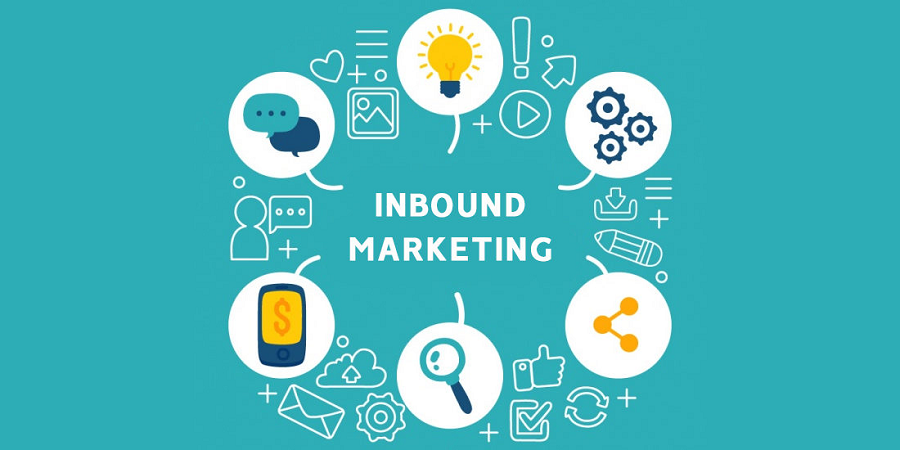Inbound marketing is an ultimate way of promoting through useful or simply interesting content. Content can be blog articles, illustrations, videos, answers to questions on forums, podcasts, and presentations. Over time, thanks to the content, the content creator has a loyal audience, which in the future will be converted into customers or leads them. In any case, as with any other type of marketing, the ultimate goal of an inbound marketing book is sales.
The word “inbound marketing” came from the company HubSpot, which invented it and filled up the entire Internet with its content. To the question of what is the difference between inbound marketing and content marketing, HubSpot representatives answer that content marketing is the first step in the inbound and only represents the creation of content. But everything that happens next: getting readers’ contacts, pulling them into the funnel, heating, selling and holding is already in-depth marketing.
In many sectors, this difference is not taken into account, so I won’t. So on this blog, “content marketing” = “inbound marketing”.
How Content Marketing Works?
The essence of inbound marketing is to form a relationship with a client even before he becomes your client. That’s all, as in life – you trust the advice of a person you are familiar with more.
By creating quality content, you create a history of relationships with your readers. Content constantly catches their eye, the reader gets used to the brand and begins to trust him. When he has a need, he is likely to turn to the company that constantly flashed before his eyes and gave him useful content.
What Needs to Be Done To Make Inbound Marketing Work
First, you need to constantly create content, and not quit after a couple of months. It will take time to turn the reader into a client, sometimes half a year, sometimes a year. It all depends on the product you are promoting. So writing a blog for two months is not an option.
Secondly, the content should be interesting to your audience. Understand what your customers have questions, what tips they need and how to help them. Be helpful to them.
Understand what your customers have questions, what tips they need and how to help them. Be helpful to them.
Thirdly, the content should be related to your product. If you create software and only do in social networks that you publish it from your office, this is unlikely to create the image of an expert in software.
What is inbound marketing?
Inbound marketing is aimed at facilitating the search for a business by its potential customers.
In traditional (outbound) marketing, companies focus on locating customers. At the same time, they resort to methods that are not targeted enough and tear people away from their activities. They use “cold calls”, print and television ads, spam and trade shows.
The advent of new technologies makes these methods less efficient and more expensive. For example, the caller’s identification function allows you to block “cold calls”, digital TV recording systems reduce the effectiveness of television advertising, spam filters block mass e-mails, and tools such as RSS feeds reduce the effectiveness of print and visual advertising. Of course, with the help of traditional channels, you can still disseminate the necessary information. However, now it costs more.
Inbound marketers take the opposite approach.
Instead of interrupting television broadcasts with advertisements, they create video materials that potential customers themselves want to watch. Instead of buying visual advertising in print media, they start to run their own business blog, which they subscribe to and which many people read with pleasure. Instead of “cold calls,” they create useful content and tools so that potential customers turn to them for more information.
Instead of endlessly crushing their information into the mass consciousness, they attract highly qualified customers to their business like a magnet.
The most successful inbound marketing campaigns have three key components:
Content:
Content creation is the foundation of any inbound marketing campaign. This is information or a tool that attracts potential customers to your site or business;
Search Engine Optimization:
Search engine optimization makes it easier for potential customers to find your content. In practice, this means the ability to structure your site and create incoming links for it in order to maximize the ranking in search engines in which most of your customers begin the buying process;
Social media:
Social media enhances the impact of your content. When content is distributed and discussed in personal contact networks, it becomes more reliable, takes on different shades and is more likely to be able to attract qualified customers to your site.

